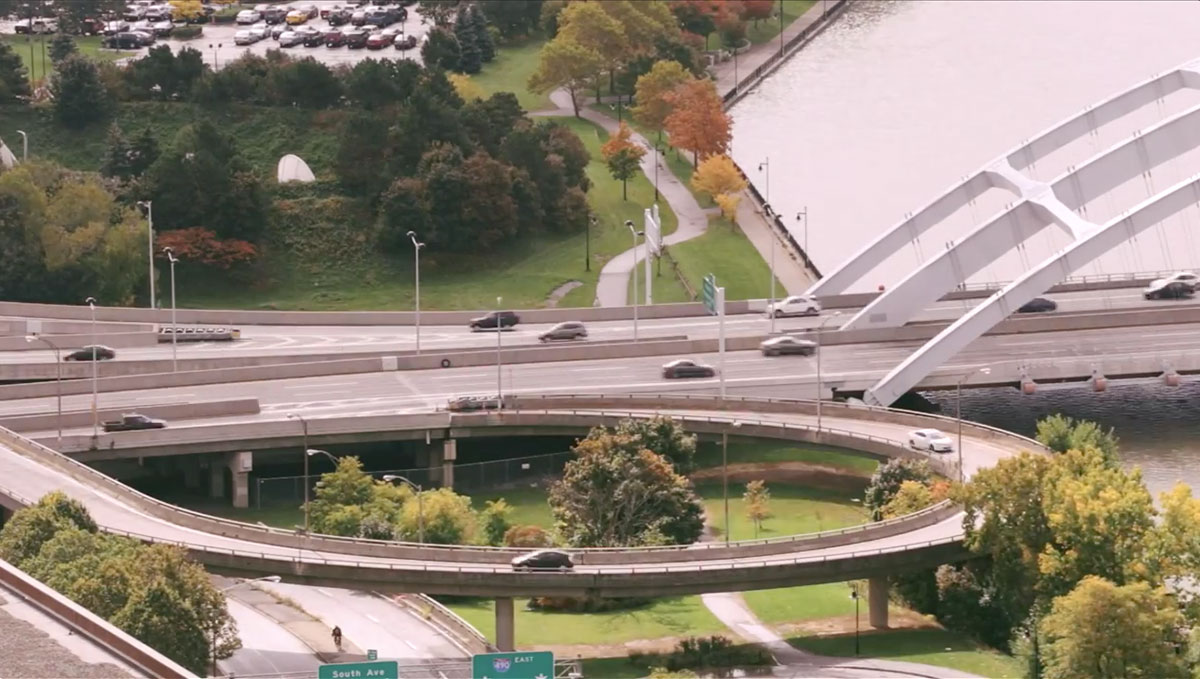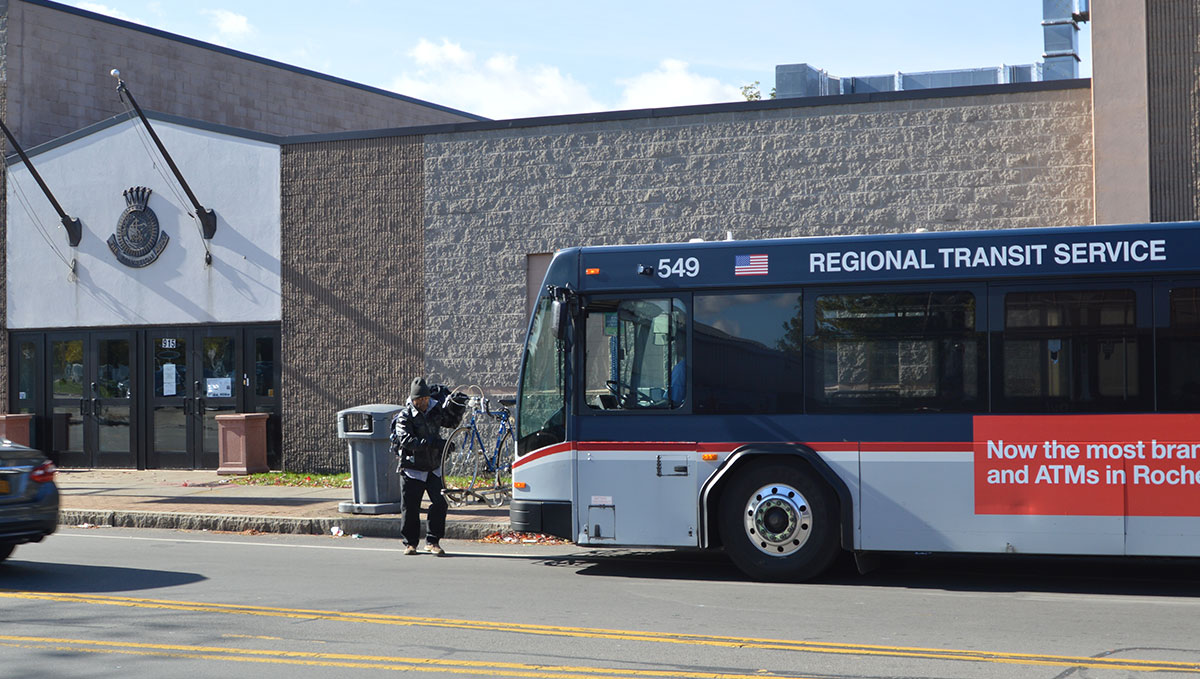 Posted by: Pete Nabozny, Associate Principal at CGR and co-owner of Tru Yoga
Posted by: Pete Nabozny, Associate Principal at CGR and co-owner of Tru Yoga
Last time, we explored the problem of the long commute in Rochester and its impact on the effective wage of low income workers. Obviously, we are not the first to point this problem out. You might logically conclude, like many well-meaning organizations have, that we must provide a program or mechanism through which low-income folks can receive or buy a reasonably priced car. After all, that is the mode of transit for an overwhelming majority of our region’s residents and studies have suggested that access to a vehicle is correlated with more hours worked and more wages earned. A chicken in every pot and a car in every backyard, right President Hoover? The cherry on top is that our region famously has some of the shortest driving commutes in the nation.
But…
Anyone who has owned a car knows that the cost of ownership goes well beyond just monthly car payments. Insurance, routine maintenance, occasional repairs, gasoline, and other fees and unexpected costs add up quickly. The Bureau of Labor Statistics’ Annual Consumer Expenditure Survey indicates that the average American household spends over $9,000 on all forms of transportation each year. The cost of car ownership can consume a disproportionately high share of a low-income person’s earnings.
Let’s revisit our example from the last piece. As a reminder, you live in the Beechwood neighborhood in Northeast Rochester and make $10 an hour working a full-time job at Marketplace Mall. Instead of dealing with a 2 hour and 20 minute daily bus commute, you purchase a used car. Your door-to-door commute is now 20 to 25 minutes each way, saving you at least an hour and a half each day!
And…
You took out a 5-year, $7,500 loan to purchase this car. You need something dependable after all, as your job depends on it. Your annual car related expenses are below –
- Loan payments ($7,500 for 60 months at 3.5% rate) = $1,632
- Fuel (10,000 per year at $2.20 per gallon and 25 miles per gallon) = $880
- Car Maintenance (AAA recommendation of 5.51 cents per mile and 10,000 miles) = $551
- Car Insurance (more expensive in low-income communities) = $1,200
- License, Registration, Taxes, other fees (Also from AAA) = $502
- Parking = FREE (sigh)
- Total Annual Expenses = $4,765
On a monthly basis, you’re spending nearly $400 on transportation. Now remember, you make $10 an hour at your job, or $400 per week before factoring in taxes and withholdings. You’re spending one week of earnings per month on transportation alone! The costs associated with this modestly priced car consume 25% of your earnings before any taxes are applied, leaving you with few dollars to spend on other essential expenses like housing, food, clothing, and education. And that isn’t even factoring in depreciation on the car and the reality that you’ll need to replace it at some point.
And these are just the routine expenses associated with car ownership. What if your car breaks down? It is quite hard to spend a thousand dollars or more on repairs when you only make $1,600 per month.
Contrast the $4,765 each year that it costs to own a car with the $672 annually ($56 monthly) that an unlimited pass on RTS costs. If you drive, transportation consumes 25% of your income, but if you take the bus, it represents less than 4% of your earnings. Unfortunately, what you save in income, you give back in time.
This is the reality faced by many low-income Rochesterians today. The exodus of jobs from our region’s urban core presents almost impossible choices to low-income workers. Either spend an enormous share of your income on transportation to save time, or sacrifice hours each day commuting to save money. The need to own a car to access many jobs in the region prevents some Rochesterians from finding work, while the costs associated with car ownership diminish the value of each paycheck and prevent workers from paying down debt, building savings, and finding a more secure financial footing.
Rochester’s increasing dispersed regional economy does not work well for people in poverty. A car costs too much money but the bus costs too much time. What can we do to make our transit system work better for low-income members of the community? How can we support an accessible and equitable public transportation system that connects people with jobs, services, shopping opportunities, and educational opportunities? In our next article we’ll look at some research that may help us identify one of the biggest barriers to solving these issues. Continue reading, Part 5: The Problem with Sprawl…



I love this series. Thank you!
I am a former Rochester resident who has moved to a transit rich city including Uber and Lyft. The prices for the shared Lyft line and Uber equivalent is another option to consider when doing your calculations. It is too bad that ride sharing services are not available in Rochester both as an employment opportunity and alternative to car ownership.
A person in those circumstances would never get a 3.5% loan for a used car. More like 15-20%. Seriously. You might want to run the numbers again. It’s going to be closer to 40% of their income. Also, you are assuming pre-tax income. Their take home is more like $300/week.
Take rent out and they are choosing between driving and eating.
Hi Martin,
Yes, you’re absolutely right that loan rates for used cars are often quite higher than what is described in the article, especially for people with a poor or no credit history. I wanted to go with a low-ball estimate on these things because even when presented conservatively, the costs of car ownership consume a disproportionately high share of one’s income.
That being said, a loan over 16% in New York State is illegal, and a 7% interest rate loan adds about $15 a month to the calculations above.
As for the pre-tax vs. post-tax distinction – tax rates and withholdings vary considerably by one’s family situation. Medicare and Social Security withholding applies to everyone, but federal and state tax levels vary considerably based on household income and the number of dependents. And then if you really want to go down this road, you have to factor in things like the EITC. Because of this complexity (and the desire to present the case conservatively), I opted to just calculate everything based off pre-tax earnings. Simpler is sometimes better.
But your overall point is well-taken. The total cost of car ownership could consume much more than 25% of one’s income. And that’s crazy!
Another thing to consider- a substantial portion of that $4765 car expense leaves our community. If that worker keeps most of that money for other things, there is a greater opportunity to recirculate those dollars locally, strengthening the local economy.
Great piece of post with a lot of interesting information. Thanks for sharing and keep up the amazing work.